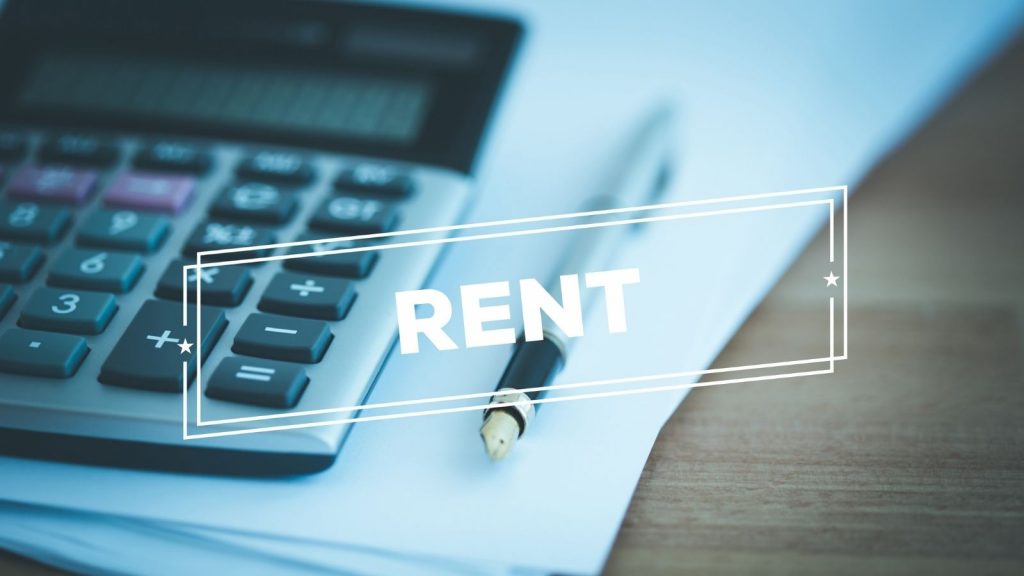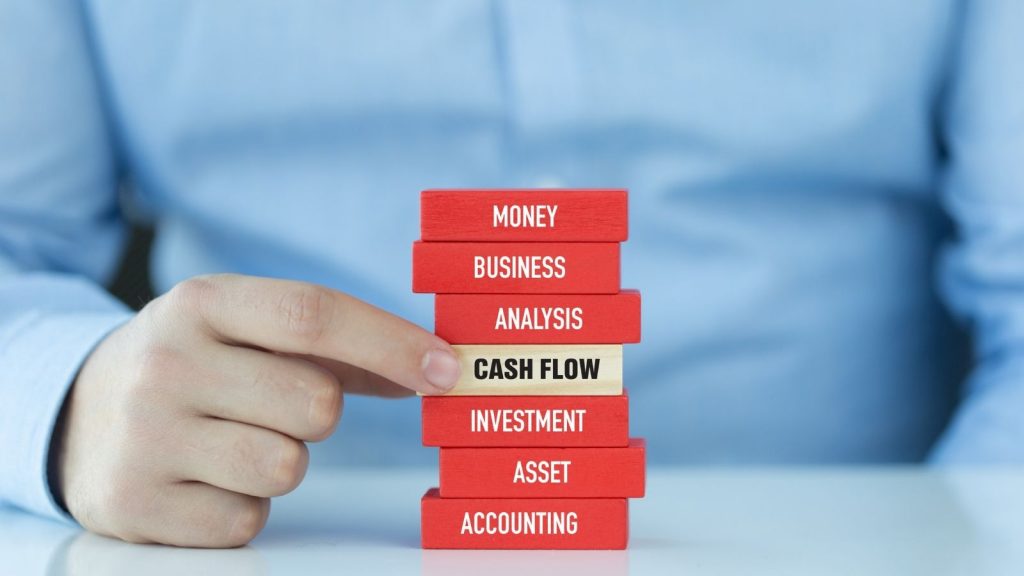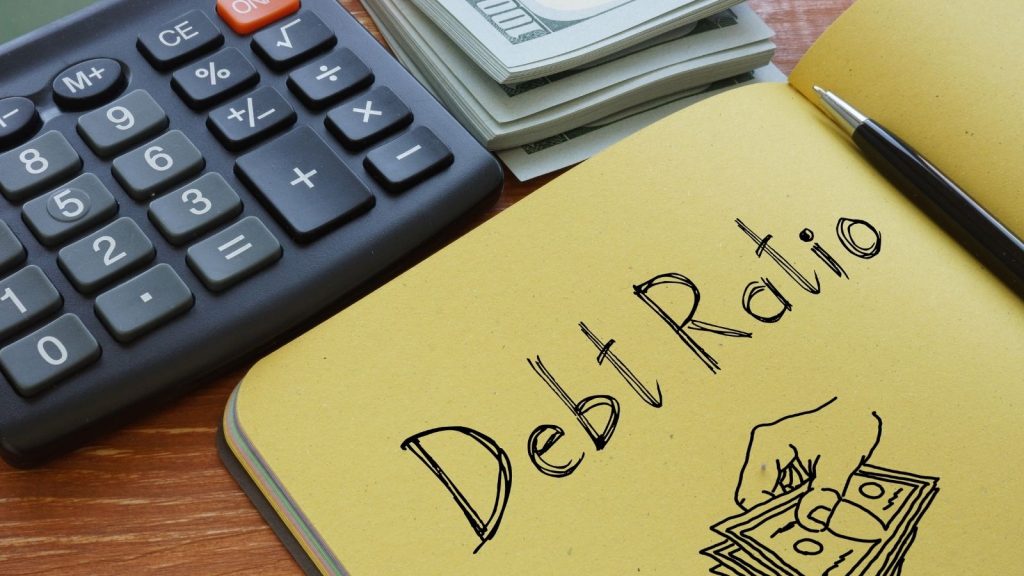Becoming a successful real estate investor takes more than simply having money to invest. If you want to make money in the long run, you have to know your metrics inside and out—and you have to be honest with yourself about whether or not your strategy and property are serving your long-term interests, as well as those of your tenants.
Here Are 10 Metrics Successful Real Estate Investors Know
1) Market Value

Real estate investment starts with a market value. The best real estate investors know what properties are worth in their area, even if it’s not a neighborhood they would invest in themselves.
It is essential for large cities where finding out what an area is worth requires more time than finding what’s available nearby. Knowing how to determine market value will help you find profitable opportunities in your local market.
2) Capitalization Rate
The capitalization rate (cap rate) is arguably one of the most critical metrics for real estate investors to know—and also one of the most complicated. While it can be tricky to calculate, it’s essential for real estate investors to understand, as it indicates how much income property will generate annually.
The cap rate is calculated by dividing annual net operating income by its acquisition cost. Let’s take an example: If you pay $200,000 for a building that produces $20,000 in yearly rent, your cap rate would be 10%.
If you have ever looked at properties or considered becoming a real estate investor yourself, you might have come across this term before; if not, or you don’t know what it means, now’s your chance to learn.
3) Cash on Cash Return
Cash on cash return is a metric that indicates how well an investment property is performing financially compared to other investments available in its market.
Real estate investors should be targeting at least a 20% cash-on-cash return, and it means that for every $1,000 invested in real estate, $200 will go toward your bottom line in profit.
4) Rent Roll

Your rent roll is a very important metric to pay attention to. Your rent roll is your list of tenants, their contact information, what they owe you in rent, how much past-due they are (if any), when their lease expires (and whether it’s renewable), as well as other practical details such as when they signed on, maintenance requests and more.
5) Gross Revenue
In real estate, gross revenue refers to all potential income from an investment property in a given period. Gross revenue includes rental income, but it also consists of any additional streams of income—like utilities or parking fees—that can be generated through that particular property.
Gross revenue is a critical metric for investors because it tells them how much money they might make on a given property over a specific period.
6) Income from Operations
Also known as EBITDA (earnings before interest, taxes, depreciation, and amortization), income from operations is a reliable way to look at how much money your business generates before taking out any of those pesky, real-world expenses.
If you’re getting a negative number here, it means that you’re not making any money at all; that’s bad news for your investors (and for you). Get a positive number by running your real estate like a business.
7) Cash Flow From Operations

Cash flow is crucial to real estate investors and business owners. Keeping a positive cash flow can make the difference between survival and bankruptcy. However, even when operating in the black, you can still have negative cash flow.
It is mainly because you have to pay for fixed costs, such as property taxes and the mortgage on your property. If the mortgage alone exceeds your monthly cash flow, you are in a negative cash flow situation. If your cash flow fails to cover your expenses, your business will fail.
8) Projected Annual Cash Flow
Knowing your annual cash flow is a critical part of your investment plan. If you don’t know how much money you will make, you will never be able to retire on your terms. That’s why it’s essential to look at the numbers and forecast your cash flow.
Your annual cash flow is the total of all the money coming into your investment and the sum of all the money going out of it. It is a great way to determine if your investment is paying off quickly. It helps you plan for the future and know how much money you will have to work with each year.
Your annual cash flow is the total of all the money coming into your investment and the sum of all the money going out of it. It is a great way to determine if your investment is paying off quickly.
It helps you plan for the future and know how much money you will have to work with each year. The most accurate way to calculate your annual cash flow is to take the future value of your current investment and divide that by the years in your investment.
9) Debt Service Coverage Ratio (DSCR)

One of the most important metrics for a real estate investor to know is the Debt Service Coverage Ratio or DSCR. This metric measures your ability to make your loan payments on time.
Before jumping into the details of the Debt Service Coverage Ratio (DSCR), it’s probably important to take a look at your overall financial picture. If you’re a real estate investor with a single property, you’re probably doing just fine.
But if you’re a multi-property owner, you’re going to need a lot more than a single property to make your loan payments. In other words, your DSCR is going to be much lower than the DSCR of a single property owner.
But how do you calculate your DSCR? Well, it’s not too complicated. All you need is your monthly rent, mortgage, property taxes, and insurance.
The Debt Service Coverage Ratio (DSCR) is calculated by dividing your monthly debt service (debt payment plus insurance, taxes, and property management fees) by your monthly rental income. This simple calculation will give you an excellent idea of whether or not you can make your loan payments or not.
10) Return on Investment (ROI)
Return on investment (ROI), or ROI for short, represents the ratio between money earned and money invested. Because the ratio is expressed as a percentage, ROI can be applied to any return, including profits, revenues, and values.
ROI is one of the most important metrics used in real estate investing because it is the best indicator of how fast your real estate portfolio grows. The higher the ROI, the better the investment is performing.



